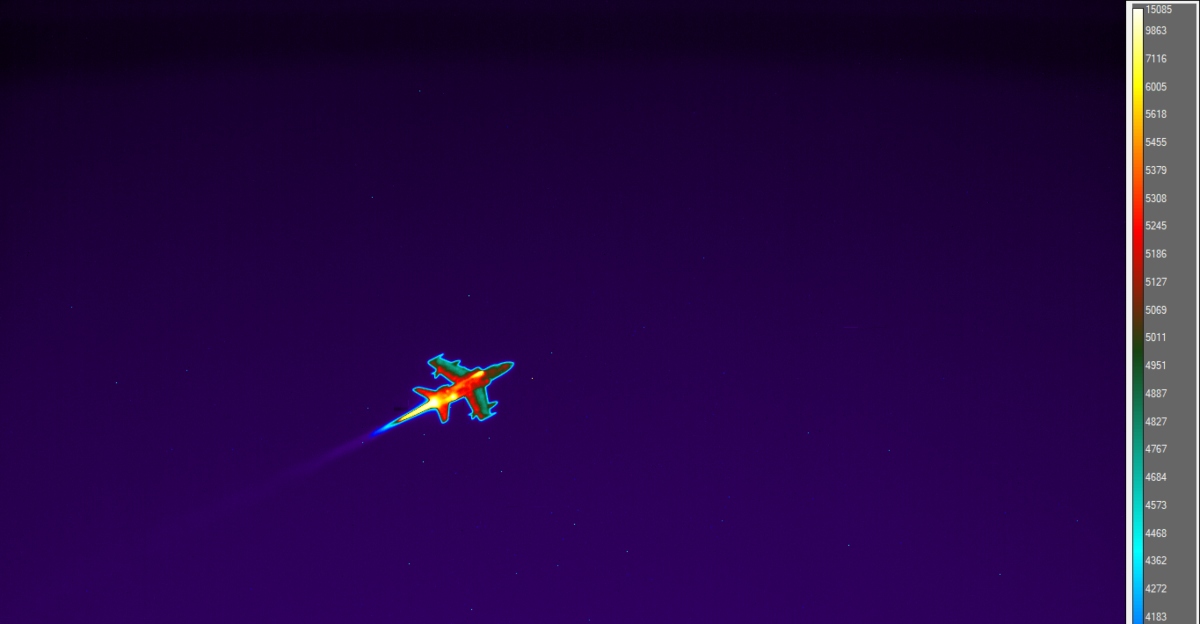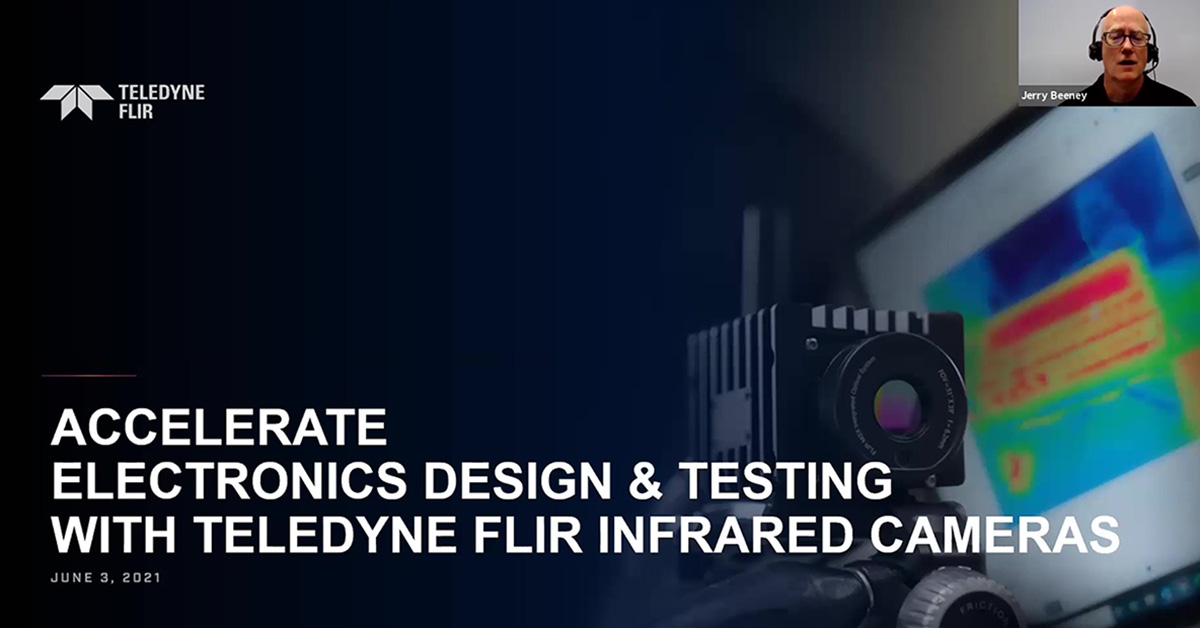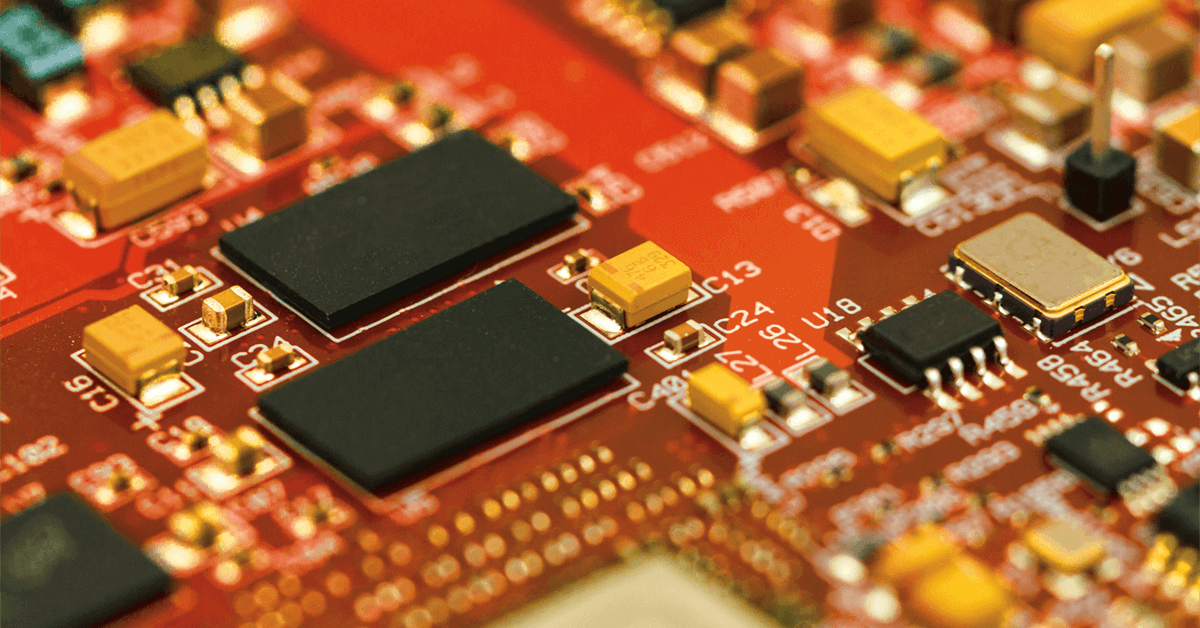Choosing the Right Lens
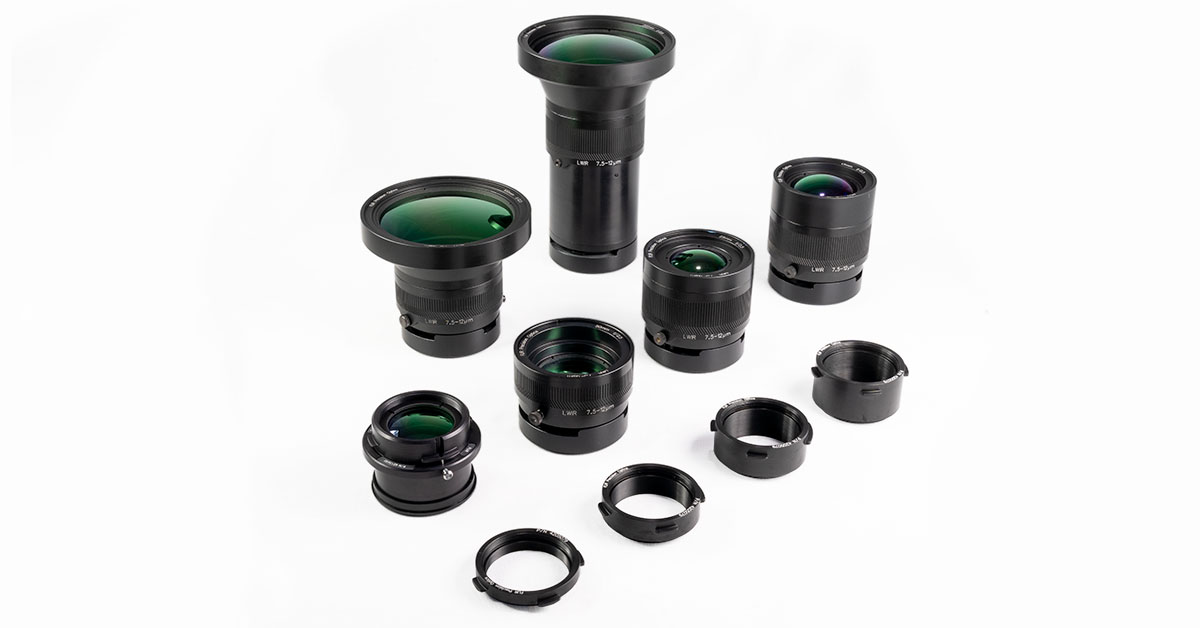
There are many factors to consider when choosing a lens for your thermal camera: chief among them are the quality of the image and the accuracy of the temperature measurement.
To ensure the best thermal imagery and the most points of measurement on your subject, you should select a lens that fills the field of view with your target of interest. At the same time, you’ll want the optimal spatial resolution to ensure the smallest object detail you need to see matches your instantaneous field of view (IFOV).
SPATIAL RESOLUTION
The spatial resolution of a camera tells us the smallest detail that can be seen by one pixel within the camera detector. It’s measured in terms of IFOV and depends on both the field of view (FOV) for your lens and the distance to your target. Right up close to the camera lens, the area seen by one pixel—or the IFOV—is very small; as you move farther away, the single pixel covers a larger area of interest. You can see this in the illustration.
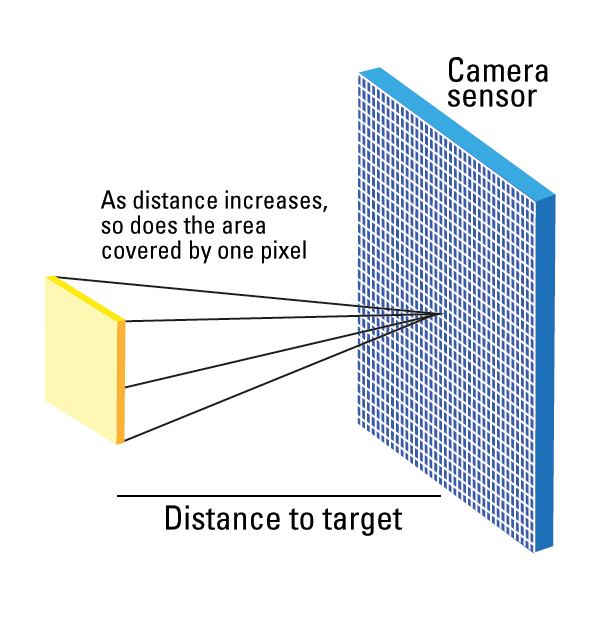
FIELD OF VIEW (FOV)
The field of view also changes as you view objects from farther away. Similar to spatial resolution, this means you will have fewer pixels on a target when imaging from a distance than you will from closeup. Ideally you want the object to fill the field of view, but sometimes this is not possible due to the heat of the target and the danger it could pose for the camera or the operator. In those cases, you’ll choose a lens with a long focal length and narrow FOV so objects take up a larger proportion of view.
Once you have defined the desired field of view and spatial resolution you can select the best lens or set of lenses for your application. The math required to determine these values by hand can be daunting, so Teledyne FLIR has developed a free online field of view calculator to assist you with this process.
ACCESS THE free online field of view calculator
To use the online tool, simply enter the object size, distance to the object, and prospective lens. The calculator will compute the field of view, spatial resolution, and number of pixels on the object of interest—making the lens selection process very easy.
